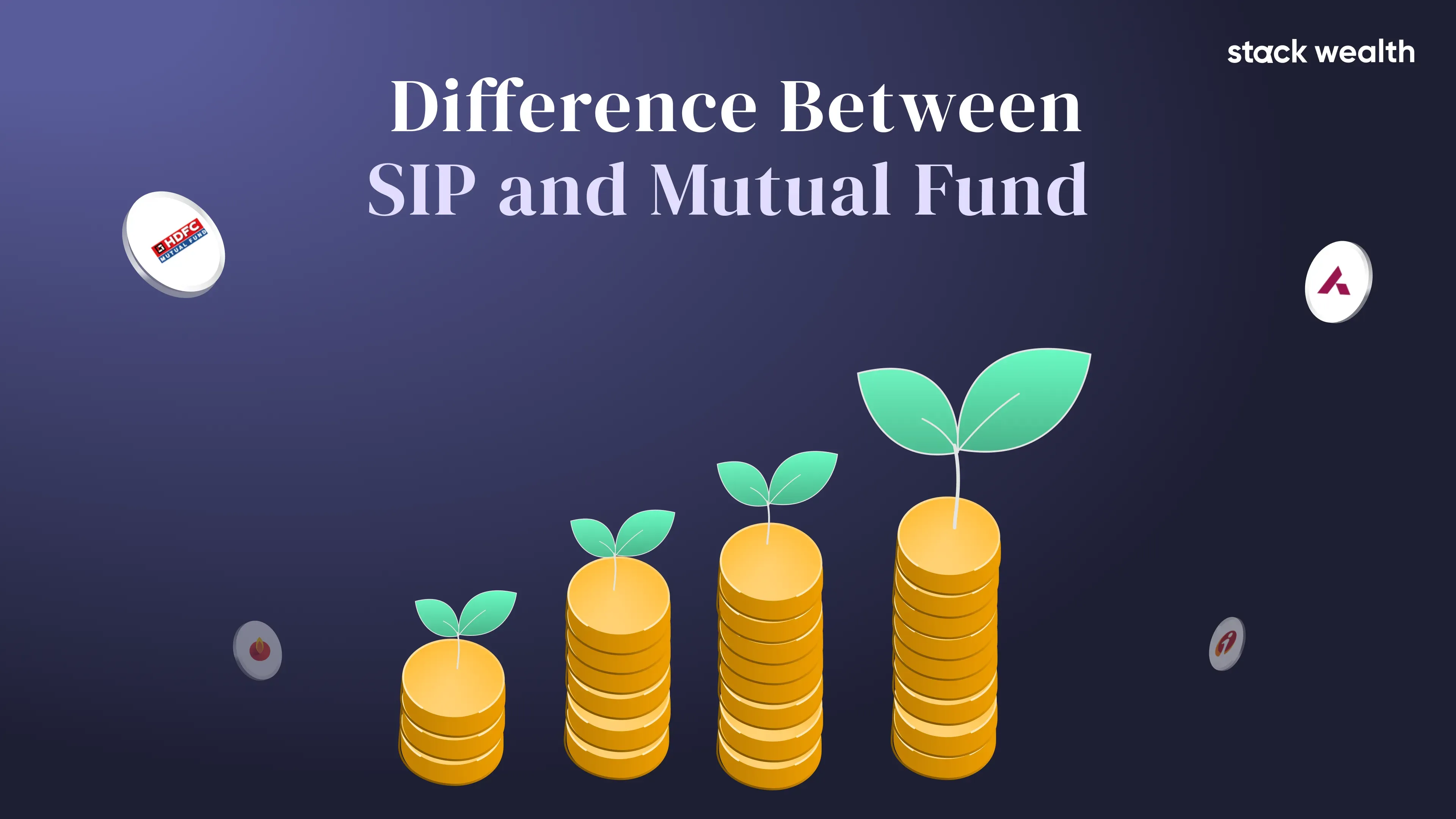The Indian Overseas Bank (IOB) RD Calculator is a convenient online interface designed to help users estimate the maturity amount of their recurring deposits. Users can instantly calculate the returns on their investments by inputting details such as the monthly deposit amount, tenure, and the applicable interest rate. This calculator simplifies financial planning by clearly showing how much one can save over a specified period. IOB offers competitive interest rates on RD accounts, making it a popular choice among individuals looking to grow their savings systematically. The tool is handy for those planning for future financial goals like education, travel, or emergency funds.
Features of IOB Recurring Deposit
These features make IOB RD a reliable and efficient savings tool. It caters to various financial needs and helps customers quickly achieve their savings targets.
- Flexible Tenure Options: Indian Overseas Bank offers RD tenures ranging from 6 months to 10 years, providing flexibility to suit various savings goals.
- Competitive Interest Rates: IOB provides attractive interest rates on recurring deposits, typically between 5.50% and 6.75% for general customers, with senior citizens enjoying an additional 0.50% interest rate.
- Minimum Deposit Requirement: The minimum deposit amount starts as low as ₹50 per month, making it accessible for all income groups.
- Premature Withdrawal Facility: IOB allows premature withdrawal of recurring deposits, though it may attract a penalty. This feature provides liquidity in case of emergencies.
- Loan Against RD: Customers can avail of loans of up to 90% of the deposited amount, offering financial flexibility without breaking the deposit.
- Nomination Facility: IOB RD accounts have a nomination facility, which allows depositors to nominate someone to receive the maturity amount in case of unforeseen events.
- Tax Benefits: Recurring deposits in IOB are eligible for tax deductions under Section 80C of the Income Tax Act, though the interest earned is taxable.
Formula to Calculate IOB RD Returns
To calculate the maturity amount of an Indian Overseas Rank RD, you can use the following formula:
M = R x {(1 + n) ^ n – 1} / {1- (1 + i) ^ (-1/3)}
Where:
R = Amount invested per month.
n = Number of quarters in the total tenure.
i = Rate of interest divided by 400 (for four quarters in a year).
M is the maturity amount.
How to Use the Indian Overseas Bank RD Calculator?
Using an IOB RD Calculator is easy. Here are the steps to follow:
- Enter the Monthly Deposit Amount: Input the amount you plan to deposit each month.
- Select the Tenure: Choose the number of months or years you wish to invest.
- Input the Interest Rate: Enter the annual interest rate provided by the bank.
- Click Calculate: The calculator will provide the maturity amount based on the details entered.
Advantages of Using the Indian Overseas Bank RD Calculator
Below are the advantages of using this IOB RD calculator:
- Accuracy: Provides precise calculations based on current interest rates and deposit amounts.
- Saves Time: Quickly computes your returns without manual calculations.
- Easy to Use: Simple interface and user-friendly, suitable for everyone.
- Instant Results: Get immediate feedback on your potential returns.
Calculation of IOB RD Returns
Mr Agarwal, 42, deposits ₹25,000 monthly into his Indian Overseas Bank RD account for 24 months, earning a 7% interest rate compounded quarterly.
Scenario:
Monthly deposit (R): ₹25,000
Tenure: 2 years
Annual interest rate: 7% (which means quarterly interest rate i = 7/400 = 0.0175)
Steps:
1. Calculate the number of quarters: n = 2 × 4 = 8
2. Apply the values to the formula:
M = 25000 × {[(1 + 0.0175) ^ (8) - 1] / [(1 - (1 + 0.0175) ^ (- 1/3)]}
M = 25000 × {(1.0175) ^ (8) - 1} / 1 - (1.0175) ^ (- 1/3)
M = 25000 × (1.14 - 1) / 0.01
M = 25000 × 0.1488 / 0.0058
M = 25000 × 25.65
M = 6,41,250
Maturity Amount (M): ₹6,41,250
Total Investment: ₹25,000 × 24 months = ₹6,00,000
Total Returns: Maturity Amount - Total Investment = ₹6,41,250 - ₹6,00,000 = ₹41,250
How Can IOB RD Calculator Help You?
An Indian Overseas Bank RD Calculator helps you make informed financial decisions by:
- Forecasting Returns: It lets you estimate the maturity amount, helping you plan your finances better.
- Comparing Options: You can compare different deposit amounts and tenures to find the best option for your savings goals.
- Budget Planning: This helps you determine how much to deposit monthly to reach your financial targets.
Incorporating an RD calculator into your financial planning can streamline your savings process and optimise your returns.









